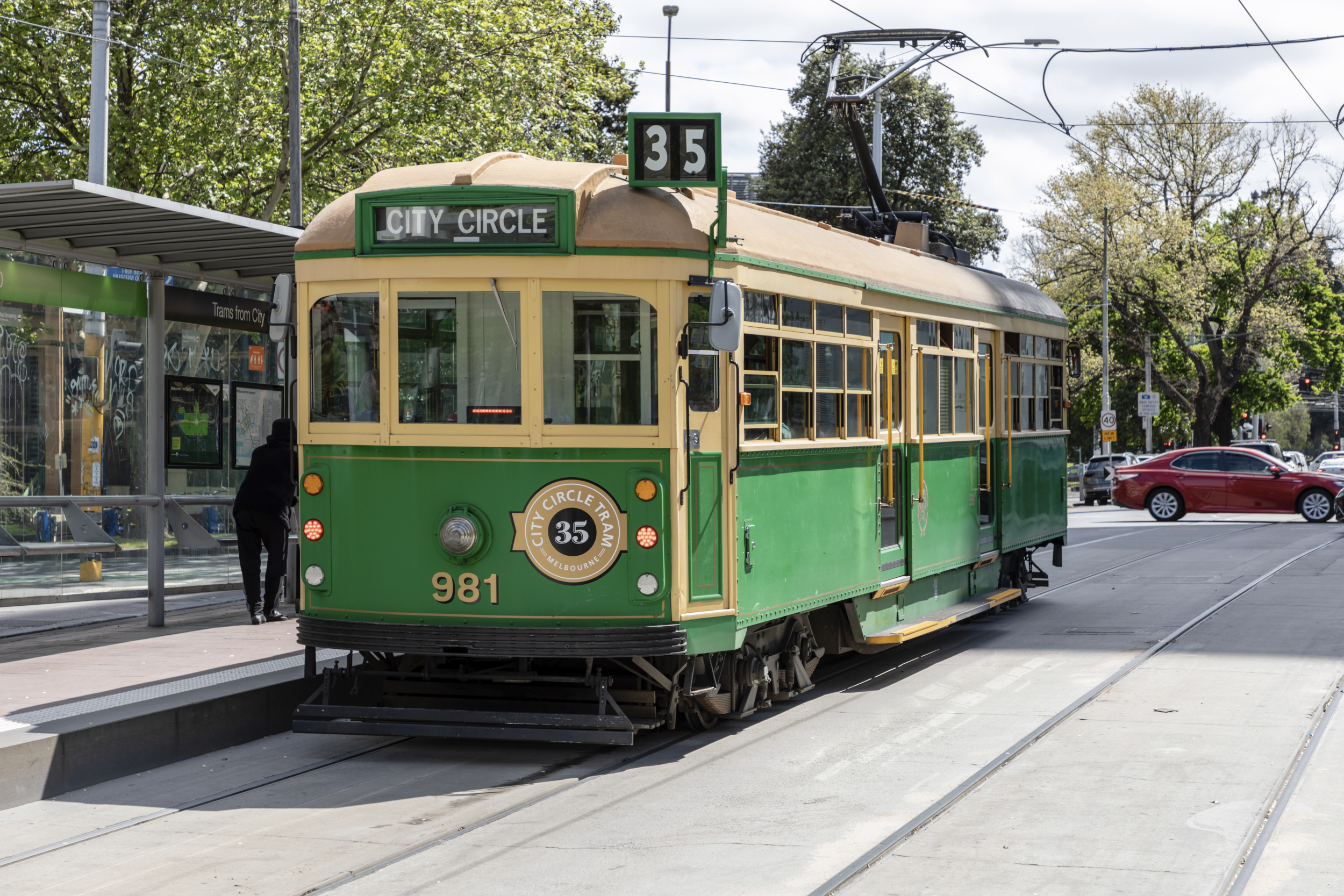

When you “mine” natural gas and burn it for heat, it’s gone. It disappears (and produces harmful GHG in the process) You have to keep doing this to get more output.
When you mine materials for batteries, you end up with a physical thing that persists, can be used over and over and can be recycled into new batteries at end of life.
This means the amount of mining required for renewables + batteries is proportional to only the addition of new capacity, whereas the amount of “mining” for fossil fuels is proportional to the total gross energy output (including significant heat losses)
We’re mining a lot of battery materials now, but that’s because we’re adding a crapload of capacity.






I’m really hoping this is a temporary problem.
There are a lot of very large batteries in the process of being built that will start to meaningfully address this issue in the next couple of years.